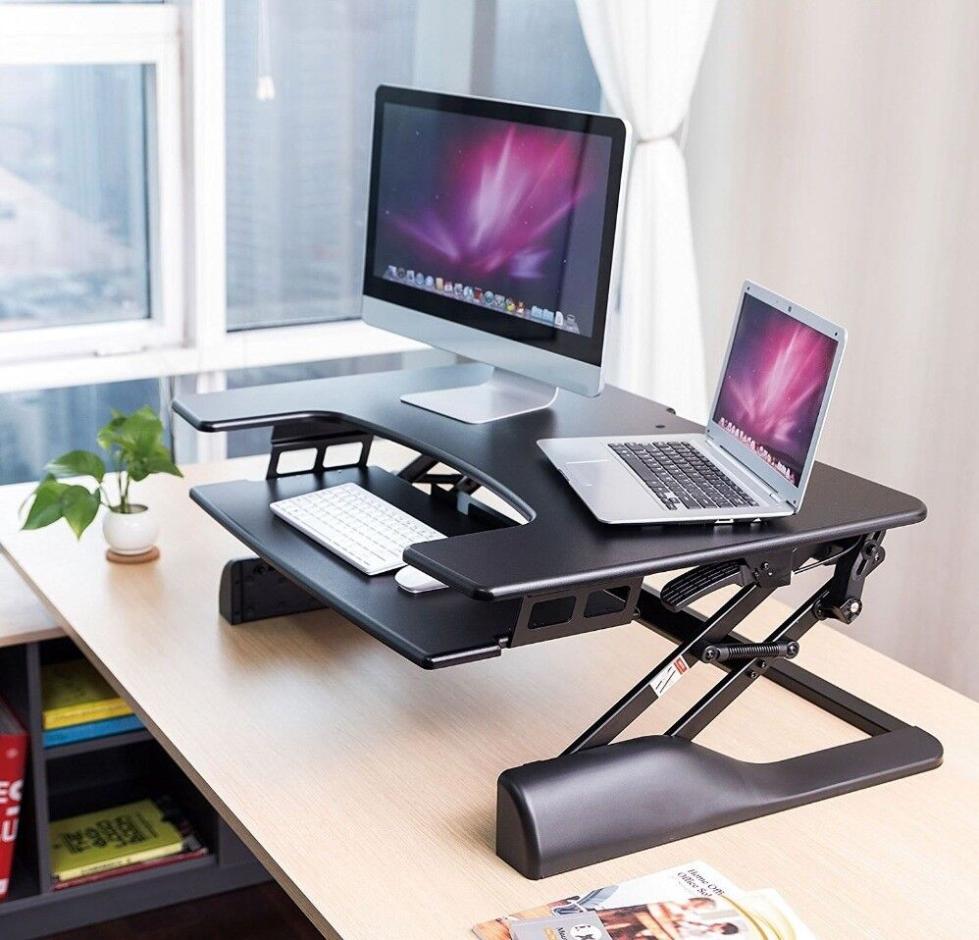Standing Desks: Are They Really Better for Your Back?
Hook: In a world where sedentary lifestyles are increasingly common, standing desks have emerged as a potential solution to combat the negative health effects of prolonged sitting. But do these desks truly live up to their claims of improving back health and overall well-being?

Thesis Statement: While standing desks offer several ergonomic benefits that can alleviate back pain and promote better posture, they also come with potential drawbacks that need to be considered before making the switch.
I. Benefits Of Standing Desks
Reduced Back Pain:
- Standing desks encourage better posture by reducing slouching and promoting an upright position.
- Studies have shown that standing desks can significantly reduce lower back pain and discomfort.
- Standing desks help distribute body weight more evenly, reducing pressure on the spine.
Improved Circulation:
- Standing desks promote better blood circulation by reducing the risk of blood clots and varicose veins.
- Standing helps activate leg muscles, which aids in pumping blood back to the heart.
- Research suggests that standing desks can improve cardiovascular health and reduce the risk of heart disease.
Increased Energy Levels:
- Standing desks have been linked to increased energy levels and reduced fatigue.
- Standing helps engage more muscle groups, leading to higher calorie expenditure and improved metabolism.
- Studies have shown that individuals using standing desks experience improved productivity and focus.
II. Potential Drawbacks Of Standing Desks
Discomfort And Fatigue:
- Some individuals may experience discomfort or fatigue when transitioning to a standing desk.
- Prolonged standing can lead to muscle strain, foot pain, and varicose veins.
- It's important to adjust the desk height and incorporate movement to minimize these issues.
Increased Risk Of Varicose Veins:
- Prolonged standing can increase the risk of varicose veins, especially for individuals with a family history.
- Regular movement, compression stockings, and breaks can help mitigate this risk.
- Consulting a healthcare professional is recommended if varicose veins become a concern.
III. Making The Switch To A Standing Desk
Choosing The Right Desk:
- Select a standing desk that suits your individual needs and preferences.
- Consider adjustable desks, fixed-height desks, or desk converters.
- Find the optimal desk height for proper posture, typically elbow level when standing.
Proper Setup And Ergonomics:
- Proper desk setup is crucial to avoid discomfort and potential injuries.
- Ensure the monitor is at eye level and the keyboard is positioned comfortably.
- Use a footrest to maintain proper posture and reduce foot strain.
Gradual Transition:
- Gradually transition to a standing desk to minimize discomfort.
- Start with short periods of standing and gradually increase the time spent standing.
- Regular movement and breaks throughout the day are essential to prevent fatigue.
Standing desks offer several ergonomic benefits that can improve back health, circulation, and energy levels. However, potential drawbacks such as discomfort and increased risk of varicose veins should be considered. Proper desk setup, gradual transition, and regular movement are key to a successful switch to a standing desk. Ultimately, the decision to use a standing desk should be based on individual needs, preferences, and health considerations.
YesNo

Leave a Reply